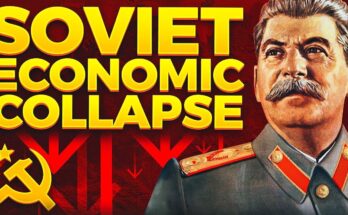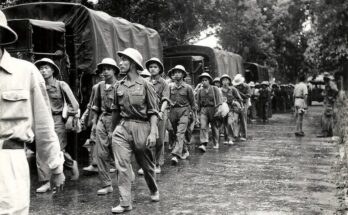The Cuban Missile Crisis: A Dangerous Game of Nuclear Brinkmanship
The Cuban Missile Crisis of October 1962 was one of the most intense moments of the Cold War, bringing the world to the brink of nuclear war.
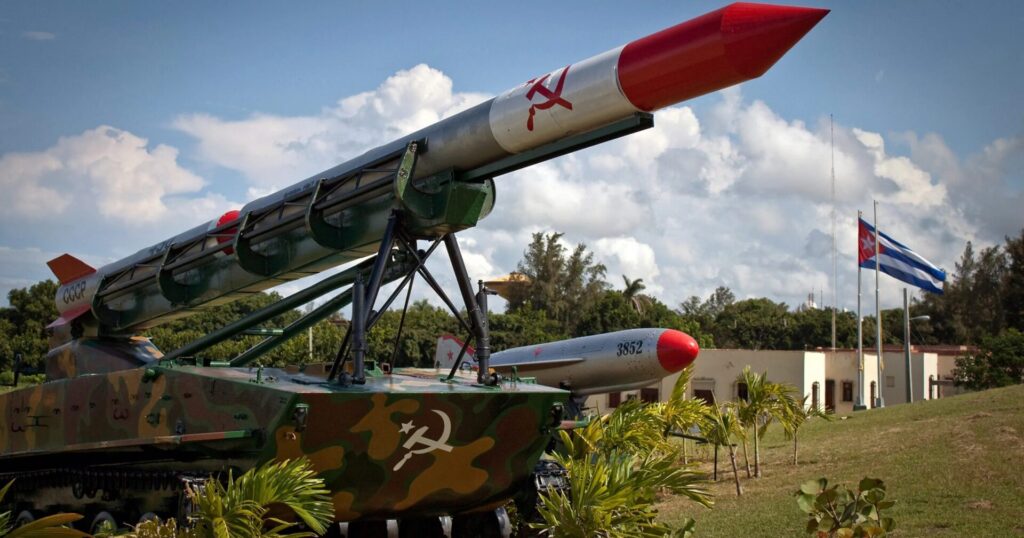
Read More: The Cold War’s Proxy Wars in Southeast Asia
It was a 13-day standoff between the United States and the Soviet Union, triggered by the discovery of Soviet nuclear missiles in Cuba—just 90 miles off the U.S. coast.
The Lead-Up to the Crisis
After the failed Bay of Pigs invasion in 1961, Cuban leader Fidel Castro sought Soviet support to protect his regime from future U.S. aggression.
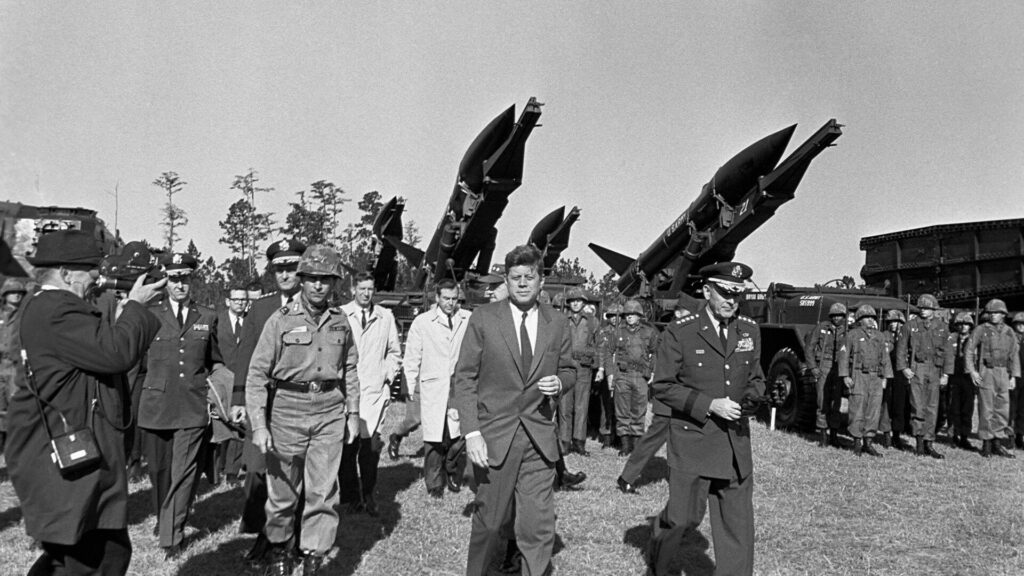
Read More: The Spanish Civil War’s International Implications
In response, Soviet leader Nikita Khrushchev secretly deployed nuclear missiles to Cuba. On October 14, 1962, American U-2 spy planes photographed the missile sites, leading to a rapid escalation in tensions.
The Standoff
Upon learning of the missiles, U.S. President John F. Kennedy announced a naval blockade of Cuba, preventing further Soviet shipments. He also demanded the immediate removal of the missiles. The world watched anxiously as the two nuclear-armed superpowers stood at the edge of war.
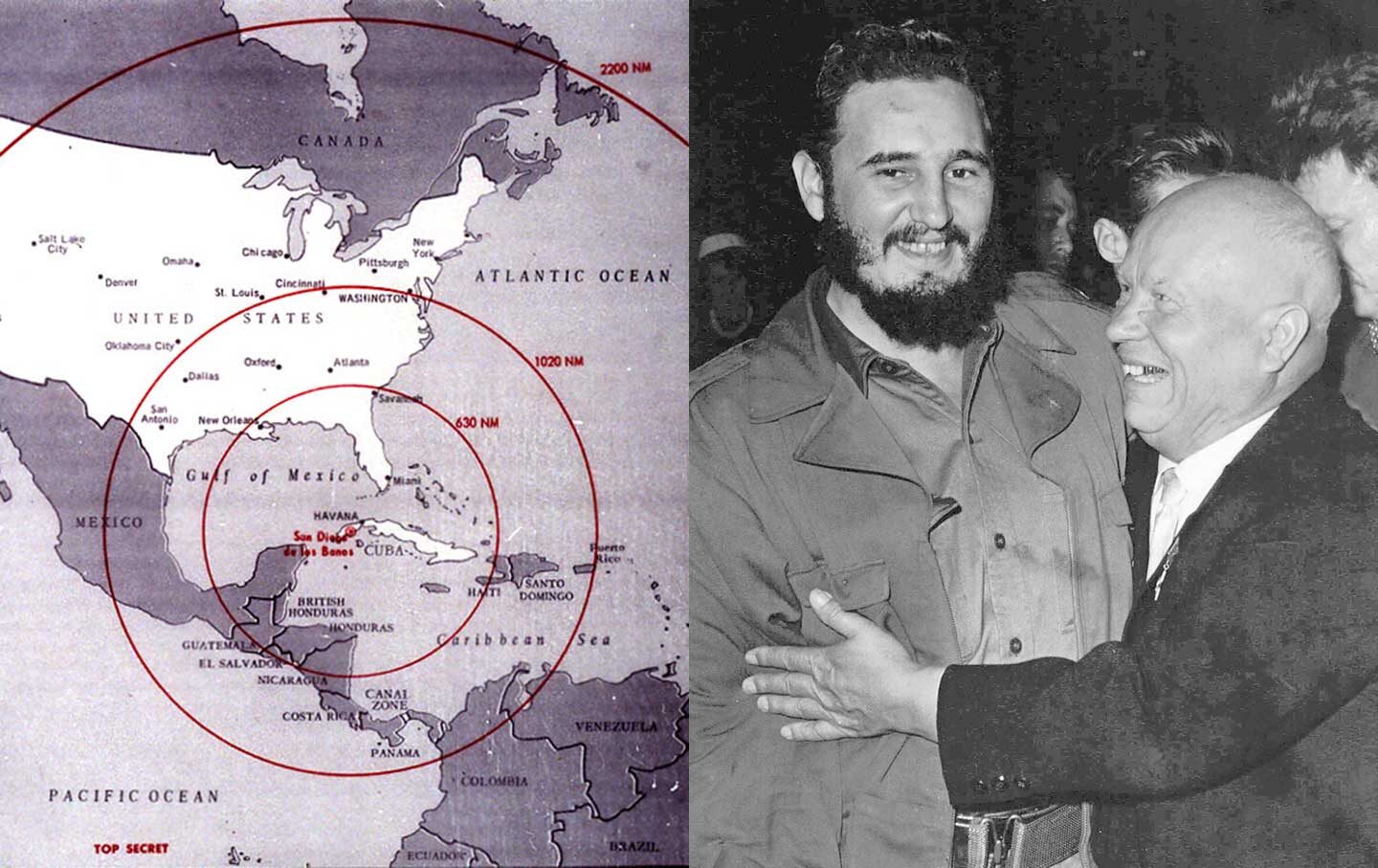
Read More: The French Revolution’s Reign of Terror
For nearly two weeks, negotiations took place behind closed doors while military forces on both sides were on high alert. The U.S. considered airstrikes and an invasion, but the risk of triggering a nuclear war loomed large.
The Resolution
On October 28, 1962, Khrushchev agreed to remove the missiles from Cuba, in exchange for a U.S. public pledge not to invade Cuba and a secret agreement to withdraw American missiles from Turkey. The crisis was defused, but it left a lasting impact on global diplomacy.
Legacy and Lessons Learned
The Cuban Missile Crisis led to the establishment of the Moscow-Washington hotline, improving direct communication between the U.S. and the Soviet Union. It also resulted in arms control agreements, including the Nuclear Test Ban Treaty of 1963.
The crisis remains a stark reminder of the dangers of nuclear brinkmanship, showing how diplomacy and careful negotiation can prevent global catastrophe.
